MADISON, Wis. — A mysterious illness is killing birds, and it’s creeping closer to Wisconsin.
The outbreak of this sickness started on the East Coast, where thousands of birds were dying en masse. Survivors showed symptoms like crusty eyes and neurological oddities, causing them to be unable to walk or fly and giveing them a contorted appearance.
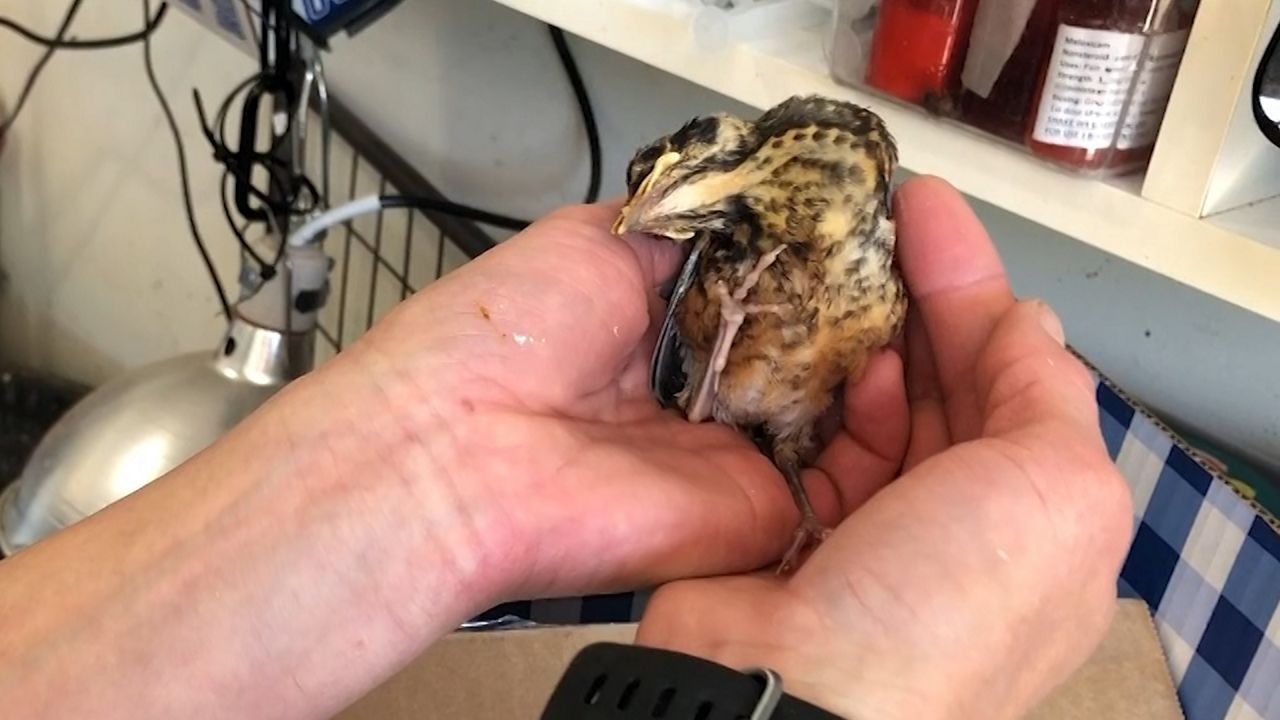
“This is the time when bird diseases are most rampant,” said conservation biologist Stan Temple. “And it's not just one disease. It's dozens, perhaps hundreds of different viruses and bacterial fungi, parasites, that peak in late summer.”
Put simply, this is cold and flu season for birds, but this newest disease is still an unknown, with scientists across the country are trying to figure out what it is. So far, extensive testing has ruled out every previously known condition.
“The labs that have been trying to diagnose this die-off. They've pretty much gone through the prime suspects, the [illnesses] that we know from the past,” Temple said. “And nothing has popped up, which means it's possibly something new.”
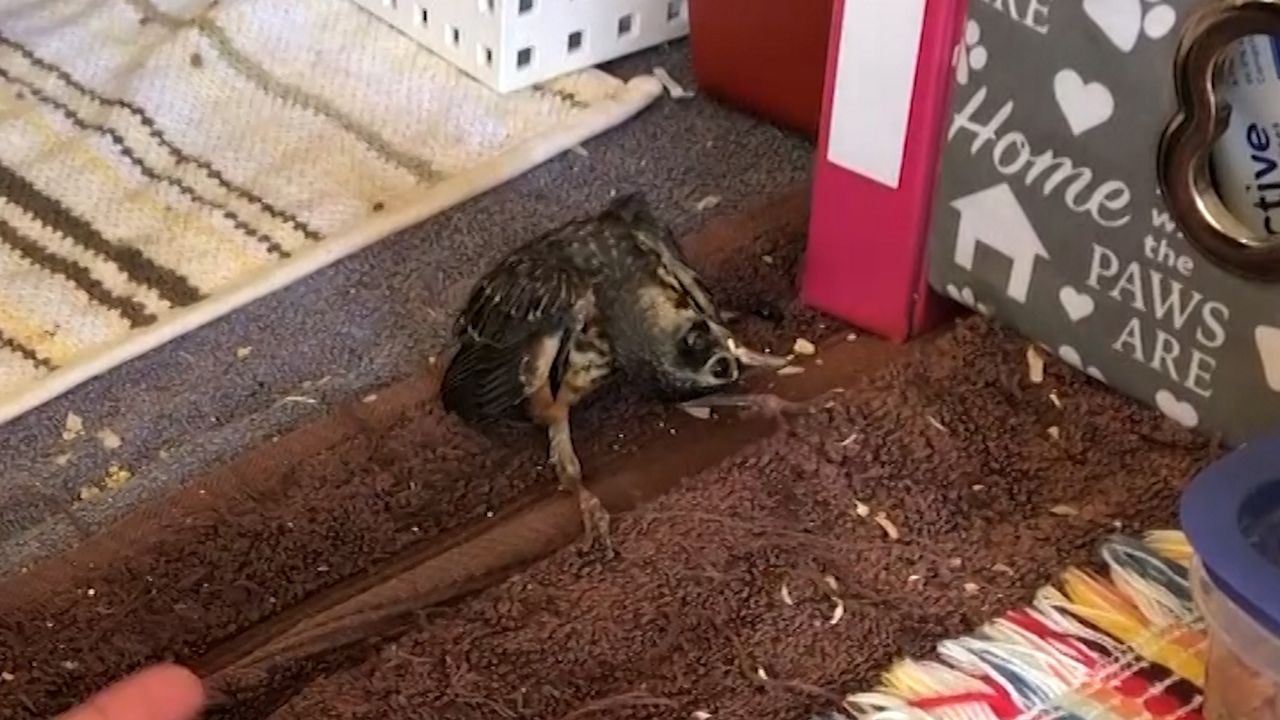
The sickness has made its way to the Midwest, appearing now in Ohio and Indiana. It was only first spotted in Washington D.C. in April.
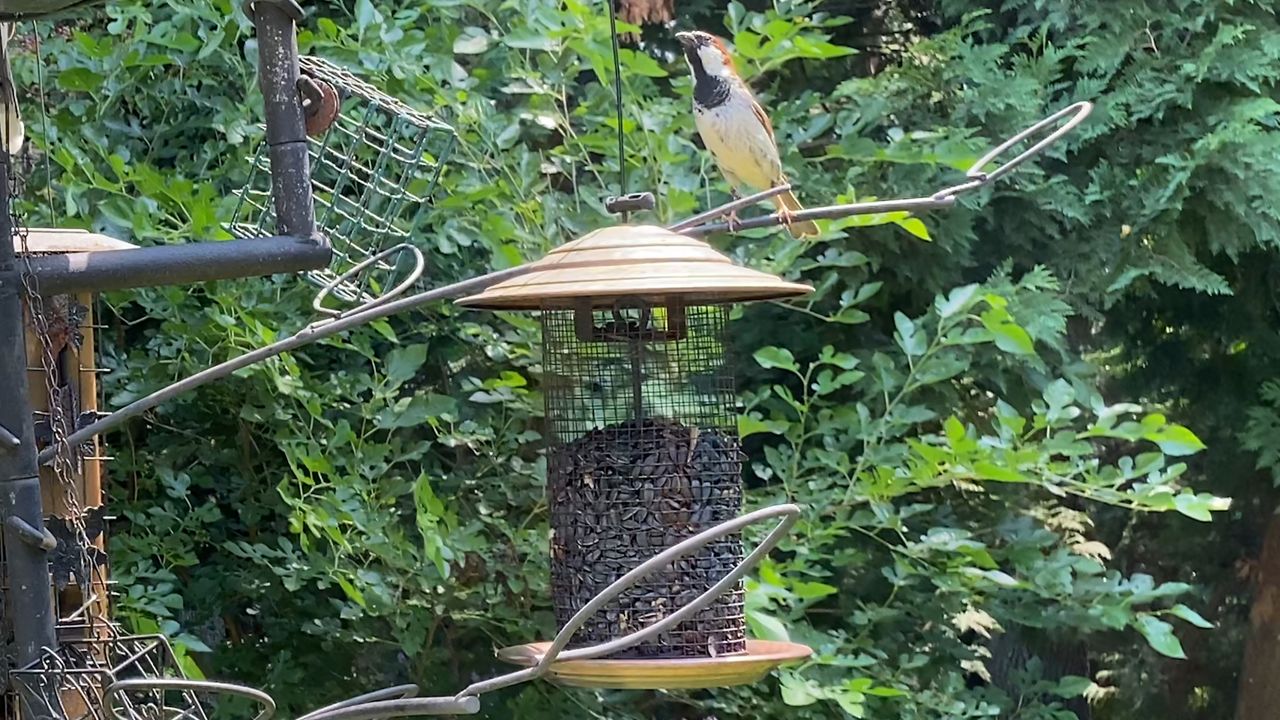
Bird feeders could be largely contributing to its fast spread.
“Unfortunately, a bird feeder is a perfect spreader event and a super-spreader, I guess they call them,” Temple laughed. “Because you're getting lots of individuals coming to the same spot and coming into contact, close contact with one another.”
If we could tell birds what’s going on, we’d tell them to do what humans have been doing for a year and a half now: keep your distance from one another, and have good hygiene. Unfortunately, animal to human translation seems unlikely.
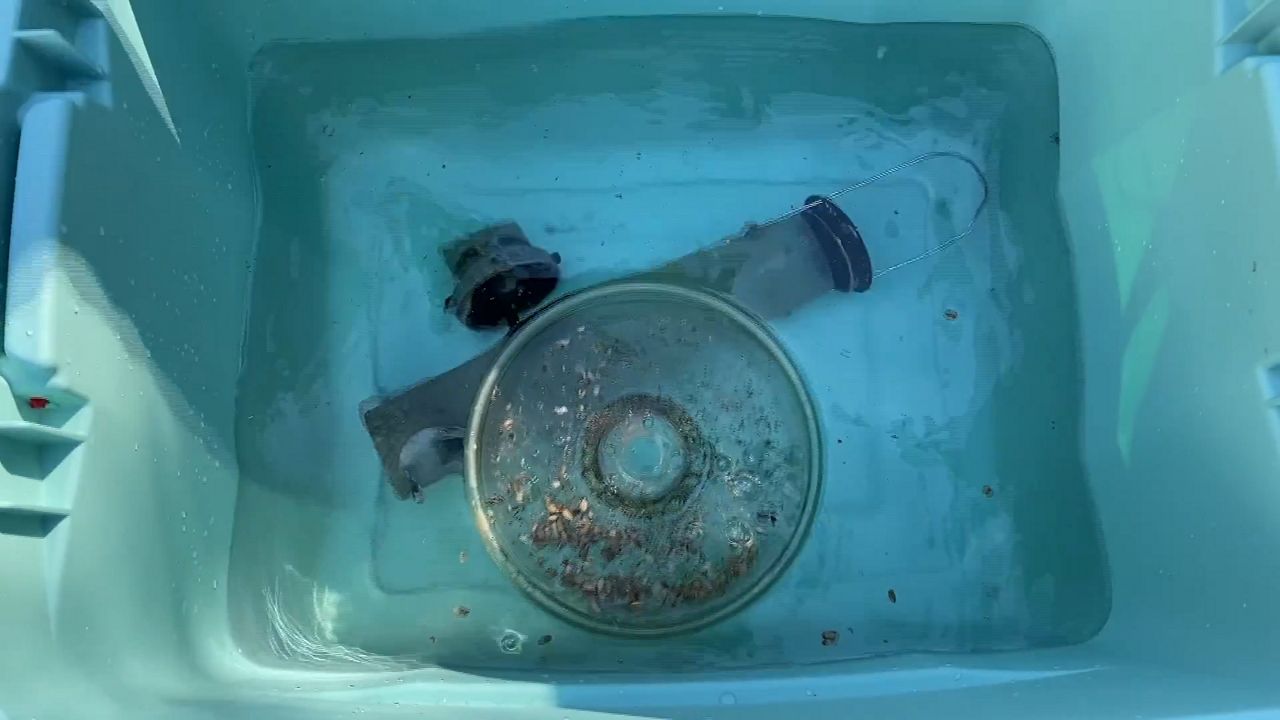
The Wisconsin Department of Natural Resources (DNR) advises everybody to clean all bird feeders with a 10% bleach, 90% water solution very often right now. The Madison Audubon Society is asking everyone to go above and beyond that advice, and take down their bird feeders entirely.
“We are very concerned that because of the spread of this illness into the Midwest fairly rapidly, what we'd really like to do is prevent it from getting here,” said Matt Reetz, the executive director of the Madison Audubon Society. “So we're recommending that people take down their feeders and clean them, and don't put them back up.”
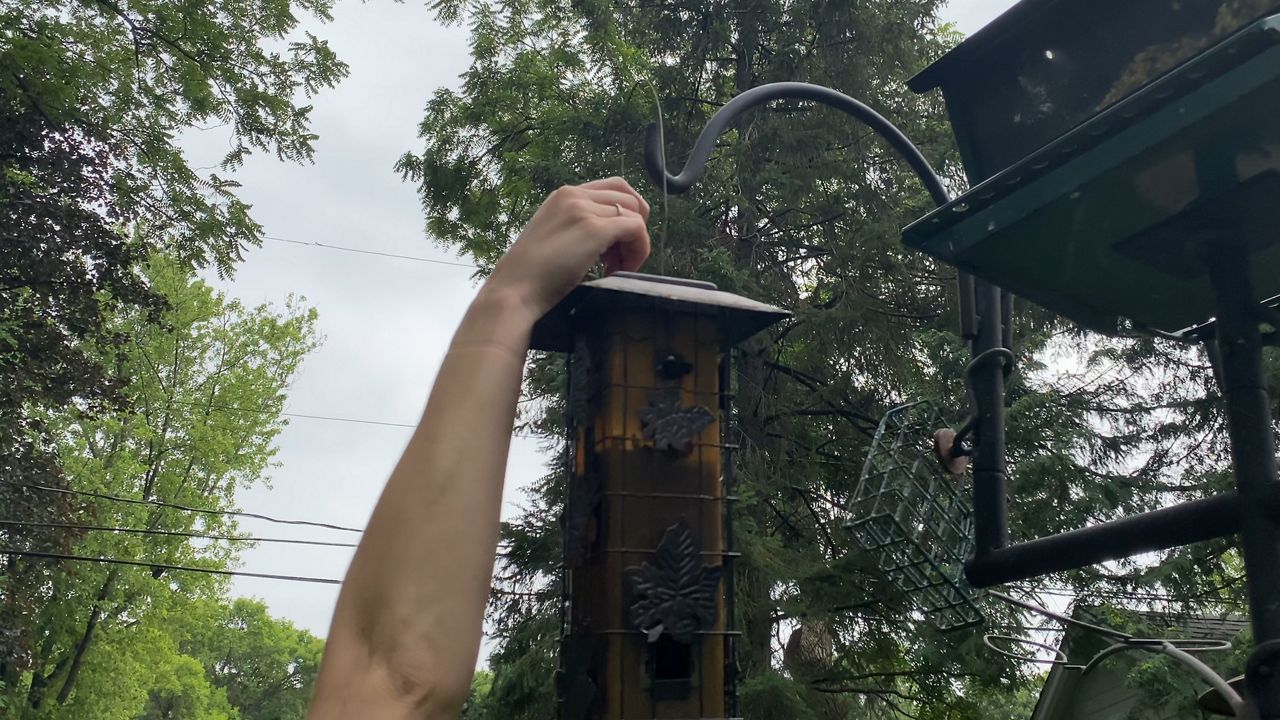
The goal is to stop birds from being in close proximity to one another.
“What we're trying to recommend is that birds are basically socially distancing,” Reetz said. “[When] they come and congregate at a feeder, it presents an issue where spread of disease can happen.”
The DNR has a page on its website all about this mysterious illness, and what to look out for. Wildlife officials are asking people to reach out and report it if they think they see a sick bird.
While this is a current threat to America’s birds, they’ve been facing much bigger threats over the last few decades. Habitat loss, outdoor cats, climate change, and pesticides have dramatically affected them. Data shows that since 1970, North America now has about three billion fewer birds. Their population has declined 29% in the last 50 years.
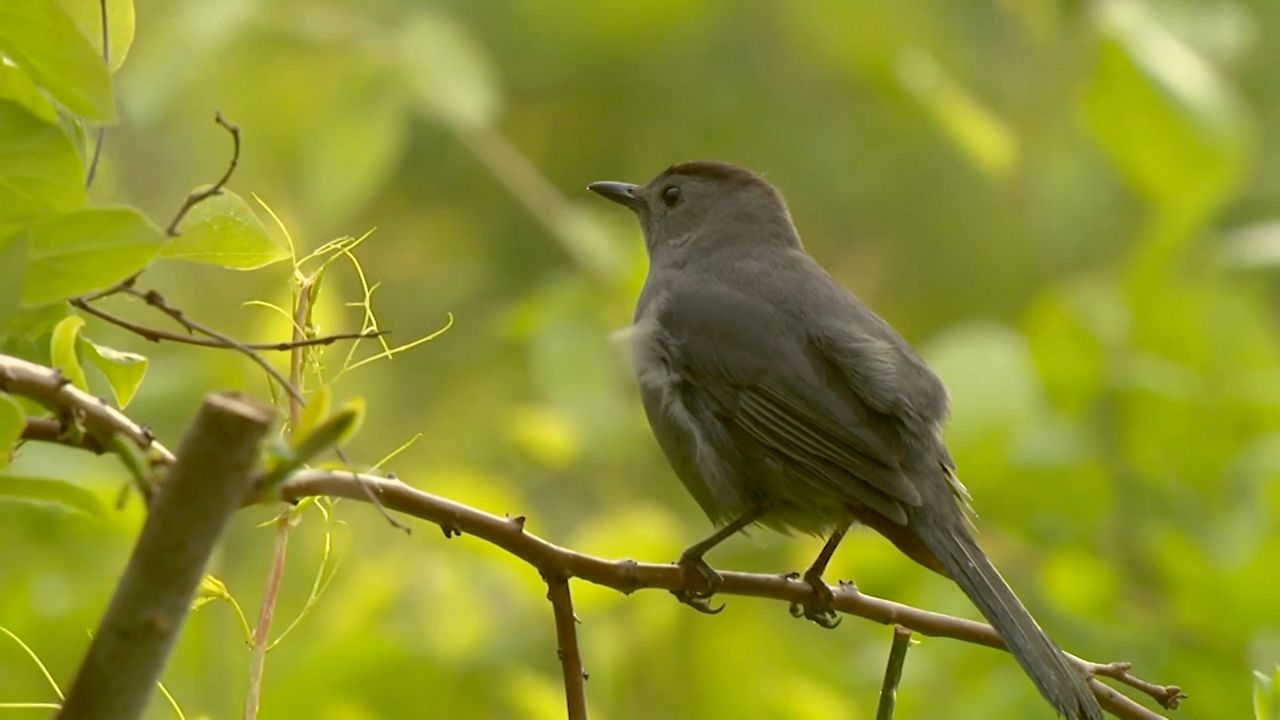
For many people, watching the birds in their yard is part of their day. Taking down their feeders feels like a huge bummer.
“We know people love birds, we love birds. I hated taking down my feeders,” Reetz said. He was serious: it was disappointing for the head of the local Audubon Society to not have bird feeders in his yard.
“[Feeders] are a great source of joy for me, but we're erring on the side of caution,” he said.

“We really want to make sure that we're protecting our birds here, and make sure that this doesn't expand into Wisconsin to affect our birds.”
Reetz said birds have plenty of natural sources of food right now, so they’ll be just fine without supplementing their food options with a feeder.
If you have a bird bath, that gets a little more into a gray area. It’s summer, the hottest time of the year in Wisconsin. Reetz said if you can’t clean it out with 10% bleach solution very often, you should probably take it down. However, if you have the time to clean it, keeping it available will help keep birds safe from the heat.
If you think you see a sick bird, your best bet is to report it to the Department of Natural Resources. Click here to learn who you should contact.



